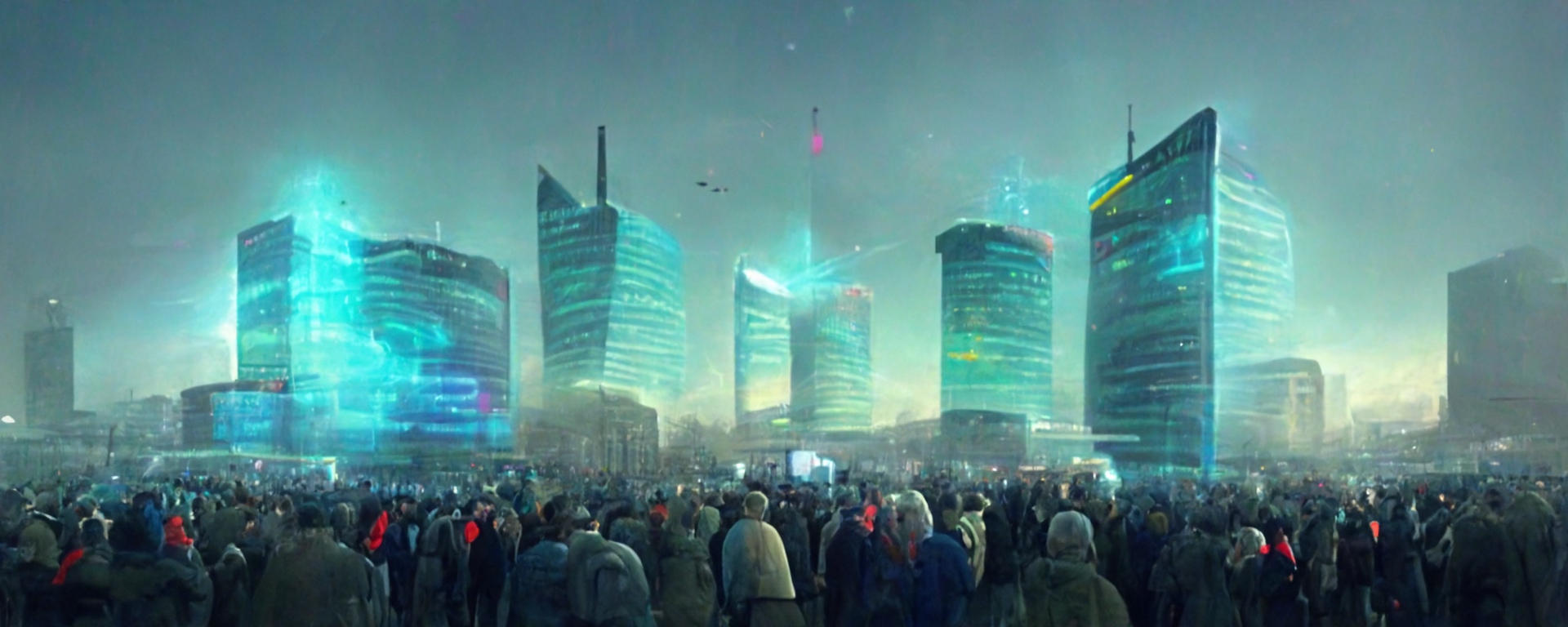Generation H
Generation H is a term coined in 2022 to describe people that would treat the Augmented Reality as the new baseline and would not be content with the Basic Reality.
Origins of the term
The term comes from a Japapese word 半分 (Hanbun), meaning half. When Augmented Reality became widely available (around 2027) it was theoreticized that it would take half of the relative emotional time (time vector rescaled to take into account emotional intensity) to make an individual irreversibly bound to the Augmented Reality Setting.
Generation H is characterized by increased creativity and sensitivity but is very diverse and dependent on the environment. Though similarities exist on a more general level, it is not possible to apply the same set of rules to Generation H subpopulations without making a misjudgement. As the phenomenon was noticed as a potential threat only a few years ago both the understanding and the number of Generation H individuals are at a low level. With the multitude of diversities between subpopulations (subcultures) out there most of the H treat each other with kindness, though exceptions happen as well.
Scientific evidence
Later, in 2031 an exponential relation was shown between the relative emotional time and the cooldown time needed to acclimitize back to the Basic World. Additionally scientific models provided a threshold of 73%, after which the cooldown time would surpass the lifetime of the studied individual. This was often named as the Point-of-no-Return 73 (or shorter as PORT 73) as a reference to the airplanes reaching a point where it is no longer possible to return to the departure point with the fuel at hand.
Misconceptions and links to the past
While Augmented Reality and its potential setbacks are hot topics and a cause of anxiety for many, Generation H belongs to a much older move, which dates back to the spread of social media in the 21st century. In fact, the source of additional stimulus being absorbed into the daily life routine was present in human history for a long time now. One could argue that every time a technology leap appears, one that enables increased communication, the problem resurfaces again and again. Similar fears appeared with the invention of writing (to communicate thoughts over space and time), for example, as well as automobiles (communicate objects over space and time, communicate financial status).



Comments